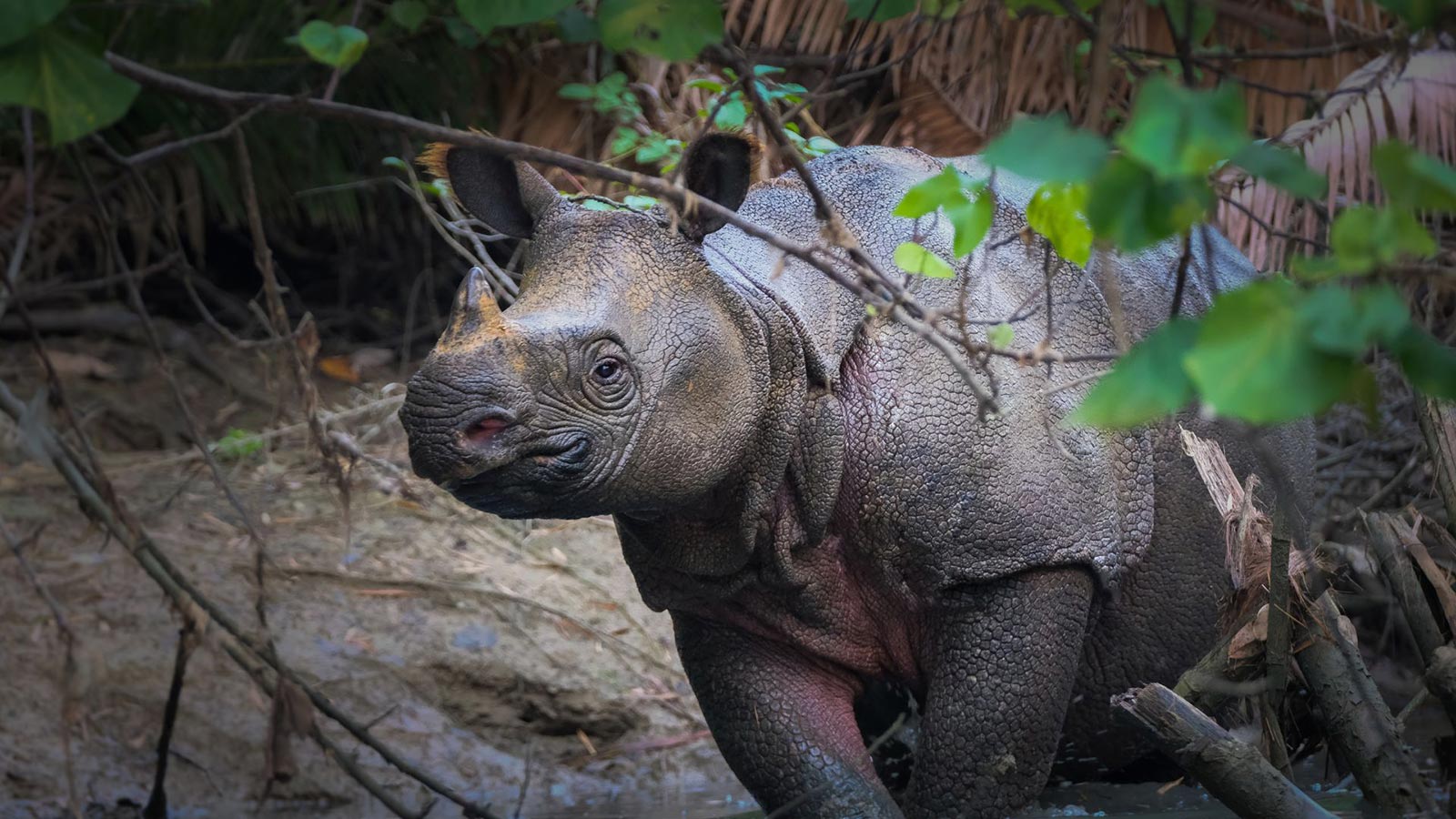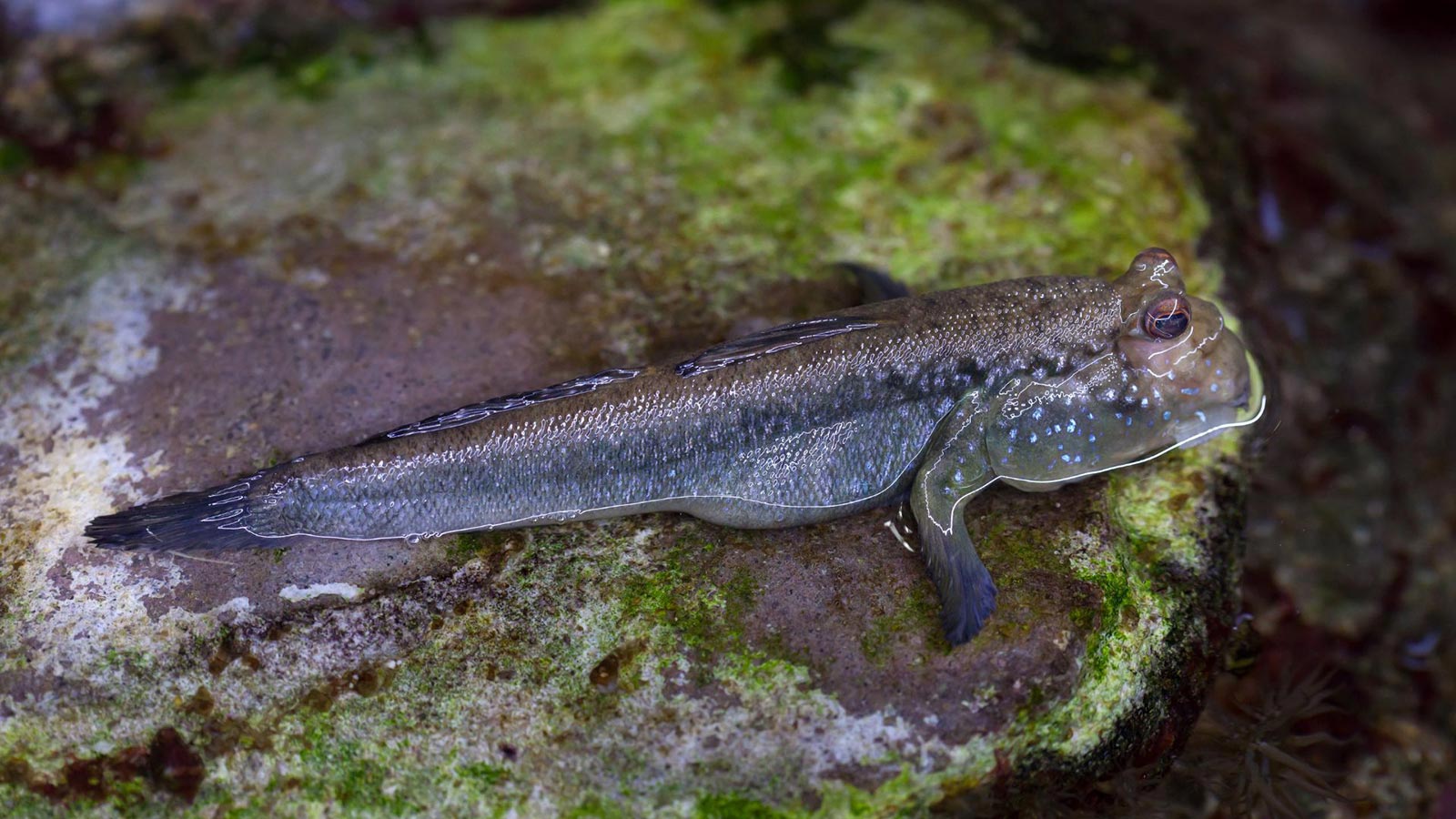
Preserving forests
Borneo-Mekong Basin
Although they receive little media coverage, the tropical forests of the Southeast Asian Basin are the third largest forest basin on the planet, after the Amazon and the Congo Basin. This area encompasses the Mekong Basin (China, Myanmar, Laos, Thailand, Vietnam and Cambodia) and the island of Borneo, shared between Indonesia, Malaysia and Brunei. These ecosystems, with their exceptional biological diversity, are now at the heart of global environmental issues linked to deforestation in Borneo and throughout the region.
Southeast Asia’s forests in figures

680 millions
inhabitants in 2021, making it the most densely populated basin in France

6%
Borneo accounts for 6% of terrestrial biodiversity, with 15,000 plants, 6,000 of which are endemic.

25%
of the world’s mangroves are still found in Indonesia

80 millions
hectares of forest lost between 2005 and 2015, only around 270 million hectares remain.
Pressure on Asia’s forests
Historically, Indonesia and its 17,000 islands were almost entirely covered by tropical forests. But since 1967, intensive logging, the rise of plywood, the expansion of industrial plantations and urbanisation have profoundly transformed the landscape.
The drivers of deforestation in Borneo include:
- the expansion of oil palm plantations, which already cover 9.8 million hectares in Sumatra and Kalimantan alone;
- pulp and industrial timber plantations (more than 2 million hectares);
- subsistence and commercial agriculture, mining exploration and recurrent fires.
This massive deforestation is responsible for nearly 80% of Indonesia’s total greenhouse gas emissions, making the country the world’s third largest emitter after China and the United States.
Despite strong political commitments – such as the moratorium on opening new oil palm plantations – pressure on forests remains intense, particularly due to global demand for palm oil, tropical timber and seafood products.
Impacts: biodiversity, climate and populations
Borneo is home to iconic species such as orangutans, pygmy elephants and proboscis monkeys. The loss and fragmentation of their habitat now puts them on the brink of extinction.
In terms of climate, the destruction of forests and peatlands releases huge amounts of carbon, exacerbating global warming.
Local populations are also suffering the effects of deforestation: degradation of natural resources, increased flooding and loss of traditional livelihoods.
Planète Urgence’s actions in South-East Asia
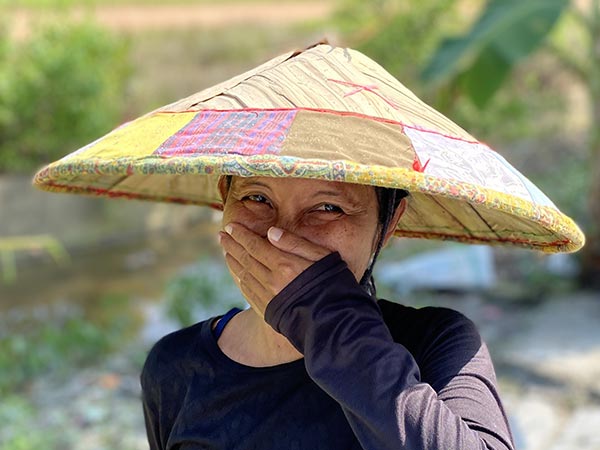
Stronger forest stakeholders
In Cambodia and Indonesia, Planète Urgence supports dozens of community organisations, local NGOs and protected area managers to strengthen their capacities, improve environmental monitoring and multiply their impact in favour of forests.
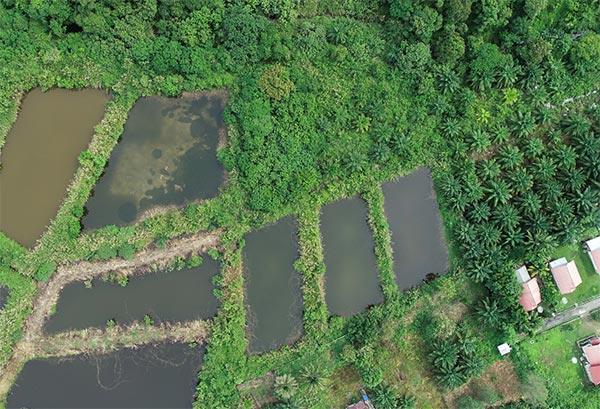
Promoting sustainable aquaculture
In certain coastal areas of Indonesia, we are supporting sustainable aquaculture, village by village, by reducing pressure on mangroves and preserving marine biodiversity. This work is based on training and promoting local industries.
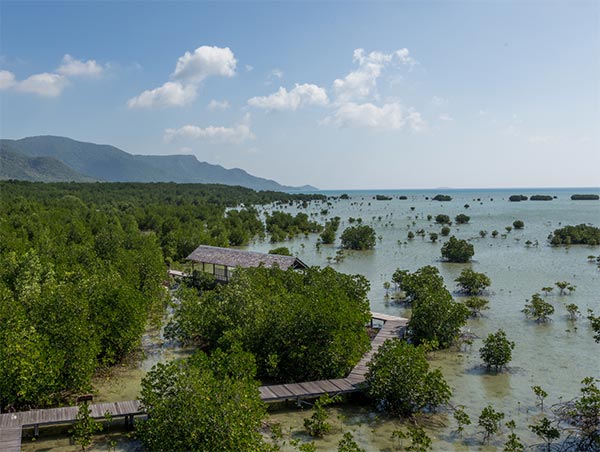
Restoring mangroves as barriers against tsunamis
In Java, where the risk of tsunamis and coastal flooding is high, we are carrying out mangrove restoration projects near the coast and along rivers. These ecosystems protect villages while strengthening the economic and environmental resilience of local communities.
Taking action against deforestation in Borneo
Combating deforestation in Borneo and the Mekong Basin requires global mobilisation:
- supporting local conservation and reforestation projects;
- adopting responsible consumption patterns, particularly with regard to palm oil and tropical timber;
- investing in the restoration of coastal and forest ecosystems.
By joining Planète Urgence, you are directly contributing to protecting one of the world’s most precious biodiversity hotspots and preserving the livelihoods of millions of people.
To find out more : mangrove, preserving and restoring forests and biodiversity, our projects

